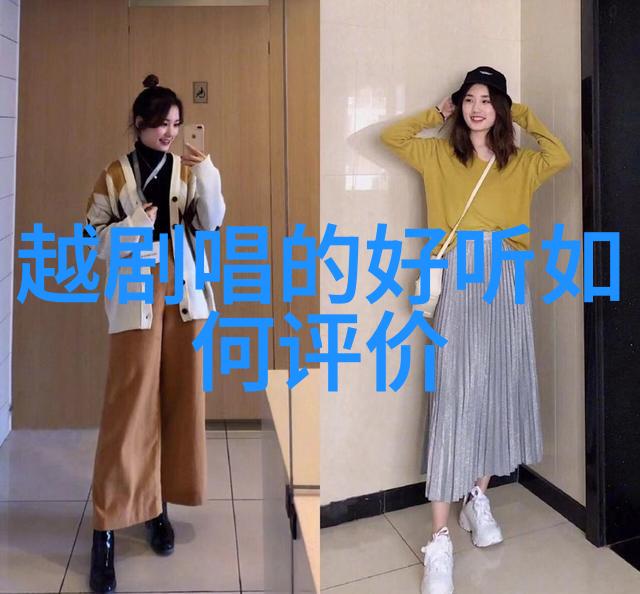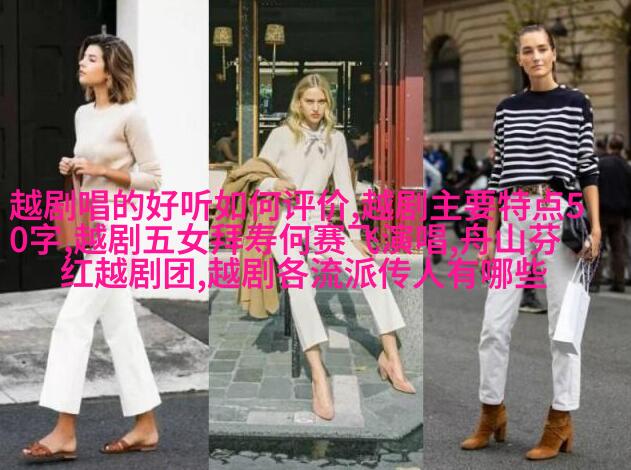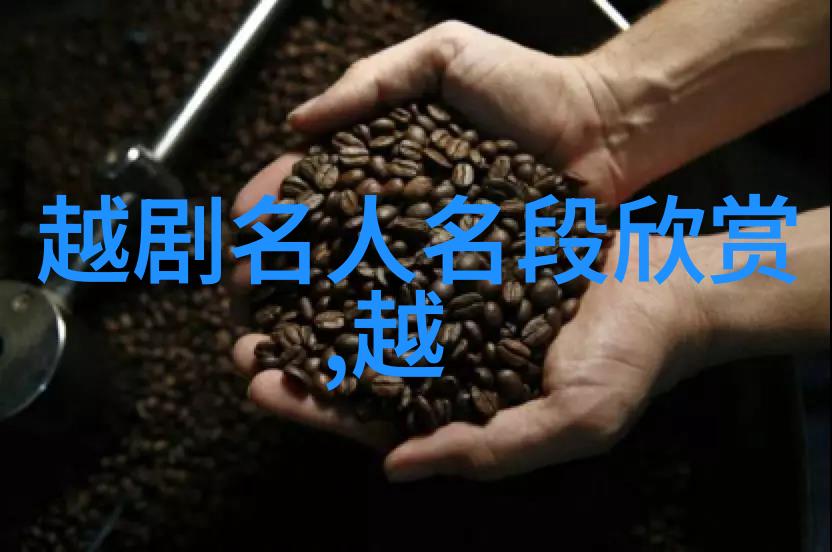Unveiling the Charm of Yue Opera: An English Introduction

Yue Opera, also known as Shaoxing Opera, is a traditional form of Chinese theater that originated in the Zhejiang province. This ancient art form has a history dating back over 200 years and is characterized by its unique singing style, elaborate costumes, and intricate makeup.
The Origins of Yue Opera

Yue opera emerged during the Qing dynasty as a fusion of various local folk arts and storytelling traditions. It was initially performed for entertainment purposes but soon gained popularity as an educational tool to pass on cultural values and moral lessons.
The Unique Singing Style

One of the defining features of Yue opera is its distinctive singing style, which emphasizes vocal expression over dance movements. The singers use various techniques such as pitch variation, rhythm changes, and emotional inflections to convey different emotions and tell stories.
Elaborate Costumes

The costumes worn by performers are another striking aspect of Yue opera. They reflect the social status and occupation of characters in plays while also showcasing exquisite craftsmanship with intricate embroidery designs.
Intricate Makeup

The makeup used in Yue opera serves not only to enhance facial features but also to indicate character traits or roles played by actors. A variety of colors are used to represent different emotions or social positions within society.
Storytelling Traditions
Yue operas typically revolve around themes from classical Chinese literature such as historical events or romantic tales from folklore stories like “The Peony Pavilion”. These stories often carry valuable life lessons that resonate with audiences across generations.
Modern-Day Significance
Despite facing stiff competition from modern forms entertainment like film and television shows, Yue opera continues to thrive through efforts at preservation by government organizations and passionate artists who aim to keep this rich cultural heritage alive for future generations.
In conclusion, Yue opera offers a captivating glimpse into China’s rich theatrical past while providing an engaging platform for artistic expression today.”


